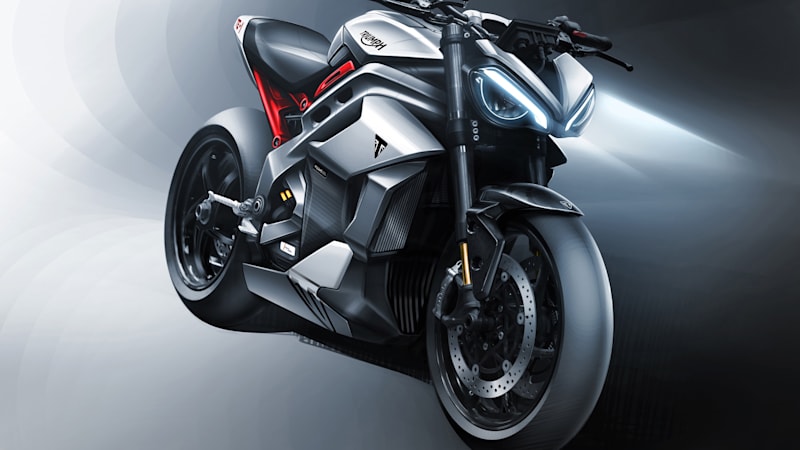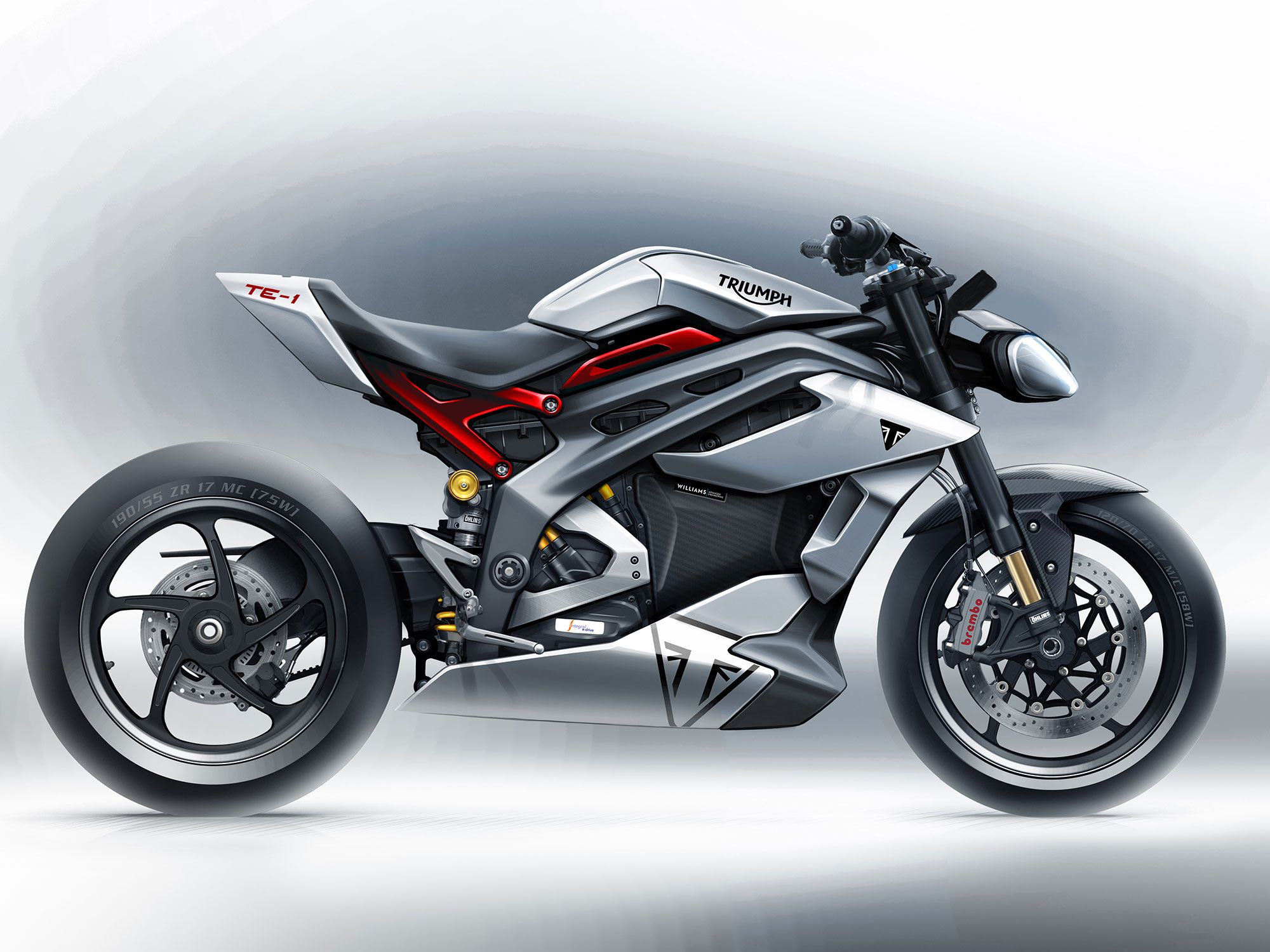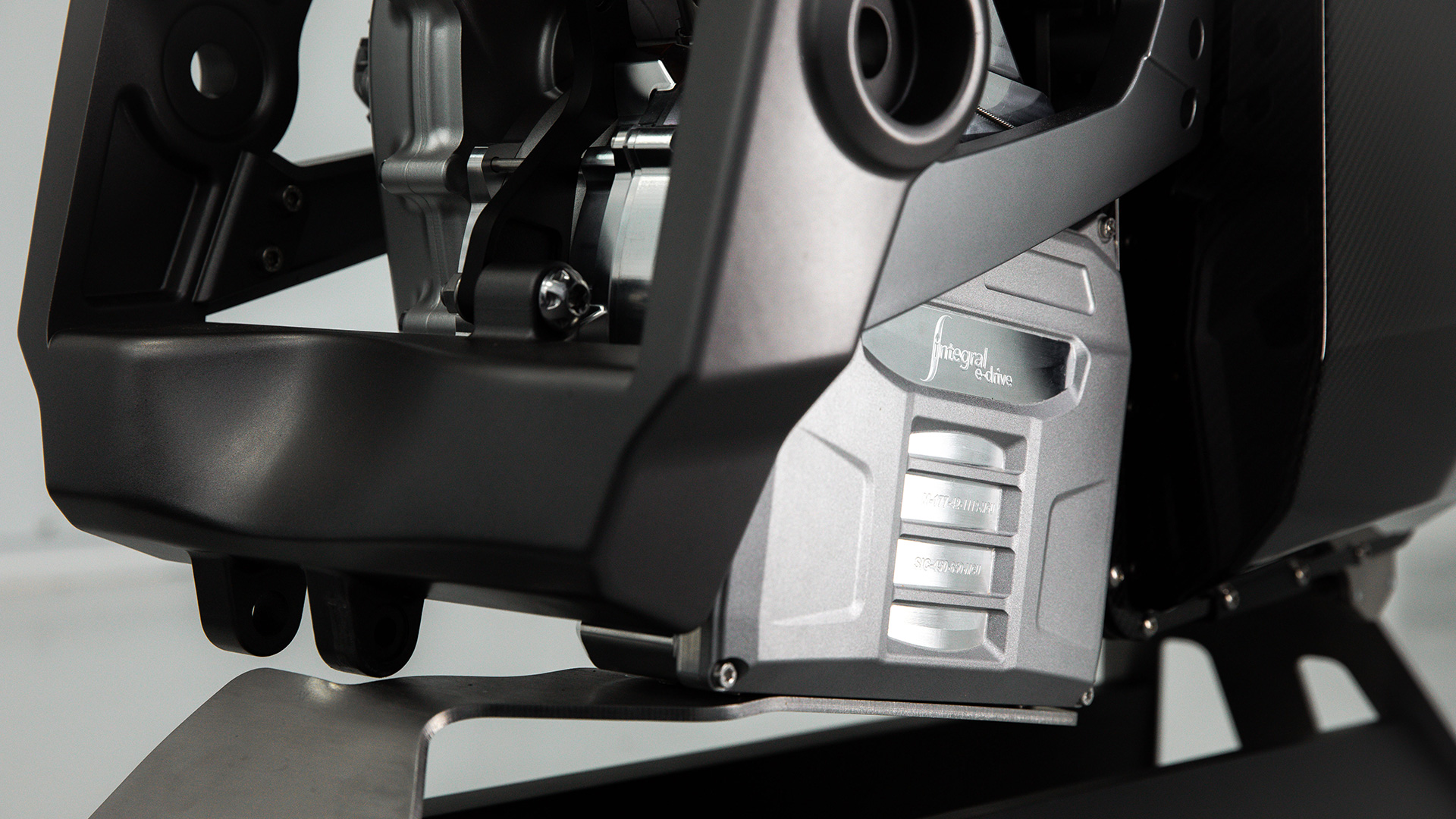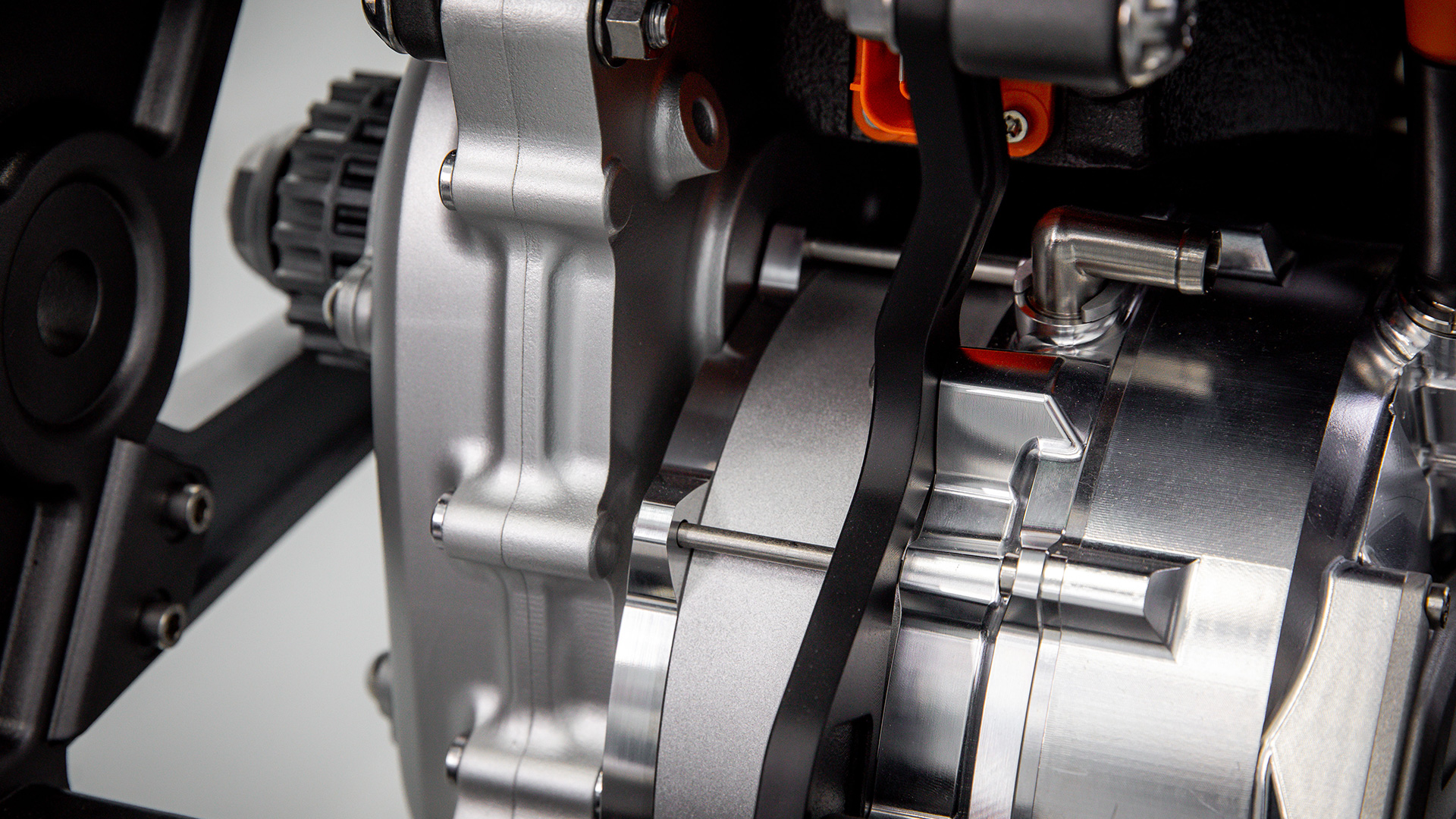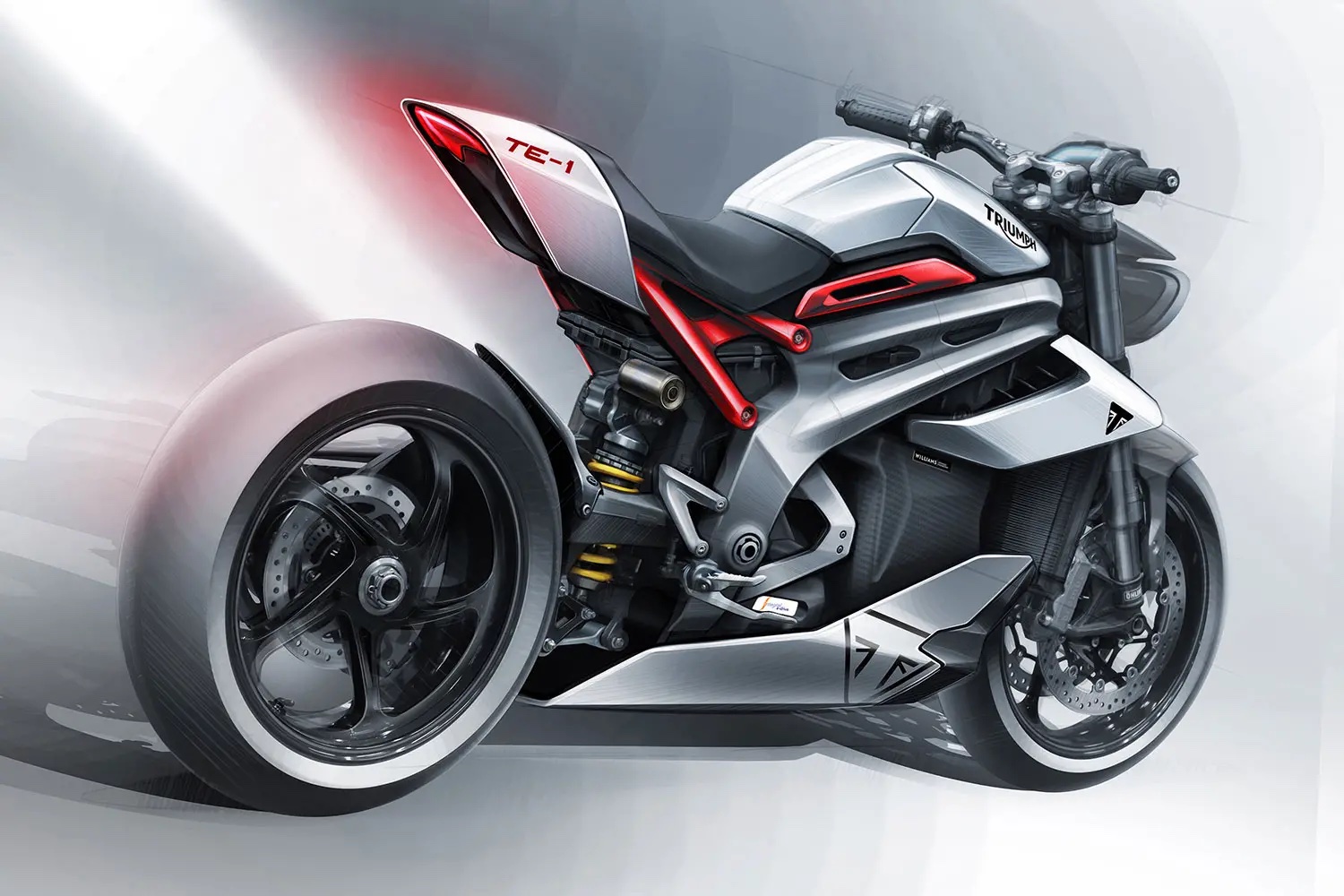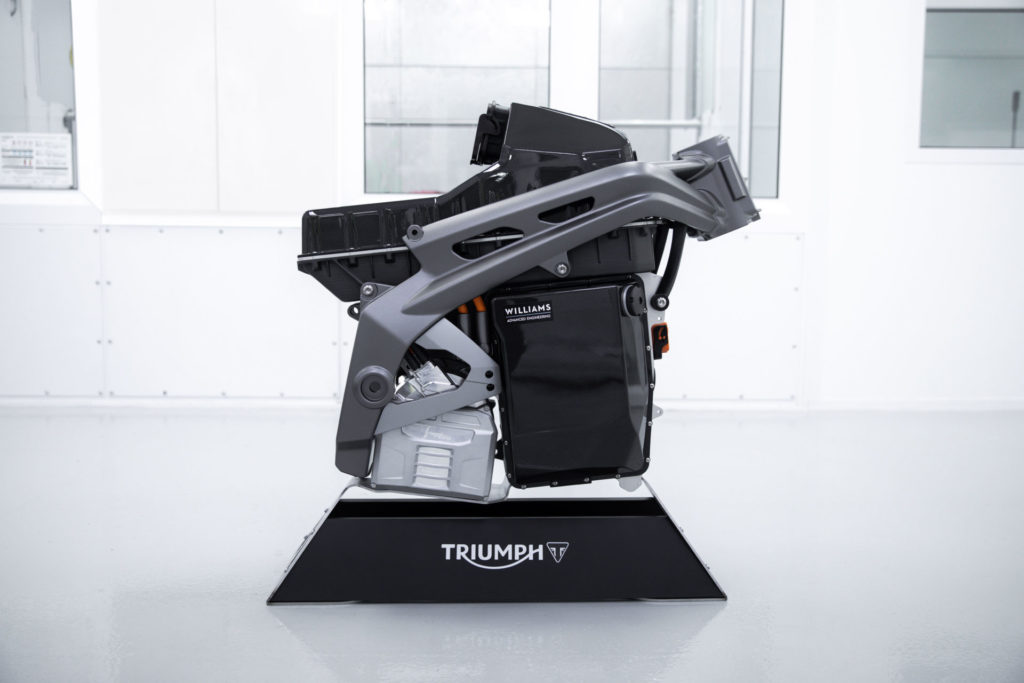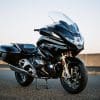We’ve just received notice that Triumph is about to enter the testing phase of their TE-1 electric motorcycle platform – and word is that we’ll be seeing more than one pretty bike come out of the collaborative effort.
It makes sense, really. With Harley-Davidson releasing new hints on their upcoming Arrow Platform (consisting of the ‘S2 Del Mar,’ among others) and Kawasaki set for a lineup of electric bikes and hybrid bikes for next year, it seems nearly every corner of the big four is bee-lining for the boom in today’s market; we’re infatuated with the sparky stuff, and a multi-use platform seems the budget-minded way to get a quality bike out to the riding community proper.
When it comes to Project Triumph TE-1 (hold the sci-fi appeal), the Brit-based motorcycle manufacturer has been keeping details on the low for a hot minute, with early March giving us a long-awaited glimpse of what’s in store for the project’s coming seasons (be sure to give this update a gander, it holds absolutely everything we currently know about TE-1).
Now, we’re told by Roadracing World that this last Phase 3 marks the end of the collaborative efforts of Triumph, Williams Advanced Engineering (WAM), Integral Powertrain Ltd., and WMG (University of Warwick), with the project itself being funded by the Office for Zero-Emission Vehicles through Innovate UK.
Here’s a breakdown of who made what in the previous prototype phases:
TRIUMPH
Creation of the final frame, as well as the cockpit, panels, wheels, and the transmission; Gates Carbon belt drive and electronics were also Triumph’s responsibility, with the rest of their list including Öhlins USD cartridge forks, unique prototype Öhlins RSU, Brembo M50 monobloc calipers, and Triumph’s signature motorcycle control software.
WAM:
The gents at Williams Advanced Engineering took it upon themselves to tackle the battery, with the end result featuring a “dedicated cell packaging for [the] optimal center of gravity.”
They also contributed to the vehicle control unit, DCDC converter, integrated cooling, charge port, and styled carbon covers.
INTEGRAL POWERTRAIN LTD.
Integral provided the final prototype powertrain (shocker), “with scalable integrated inverter and combined motor with silicon carbide switching technology and integrated cooling.”
WMG (UW)
The University of Warwick was the driving force behind the tests, set to ensure the prototype passed current standards, with the results “[exceeding] current benchmarks and targets set by the UK Automotive Council for 2025, providing a platform with great potential for future development in electric motorcycle performance.”
Summer 2022 is when we’re told by the report that the live testing will be finished, at which point the final body panels and paint scheme will be installed, ready for a peek at the media.
“It has been truly exciting to see the progress made during phase 3 of Project Triumph TE‑1 with the final prototype motorcycle now going into real-life testing,” says Nick Bloor, Triumph’s CEO.
“Everyone involved at Triumph is proud to have been part of this innovative British collaboration. Personally, I am thrilled with the results we have already achieved with our partners, and the exciting preview of the potential electric future to come.”
“We look forward to continuing the ambitious and innovative work on the TE-1 demonstrator prototype through the live testing phase and sharing the outcome with Triumph fans across the world.”
In the coming live testing phase, Triumph will be putting in 100% of the remaining leg work to get the machine up and running for the big reveal, the current goal being to enhance what’s currently on the electric market, to “provide an input into Triumph’s future electric motorcycle offering, driving innovation, capability, and new intellectual property, and [enhance] the credibility and profile of British industry and design.”
Standby for updates – the full results of the project will be published within the season if this press release is any indicator – and the updates will be stuffed with insights, key facts, and final battery and range performance specs from the testing phase.
Drop a comment below letting us know what you think, and as always – stay safe on the twisties.


